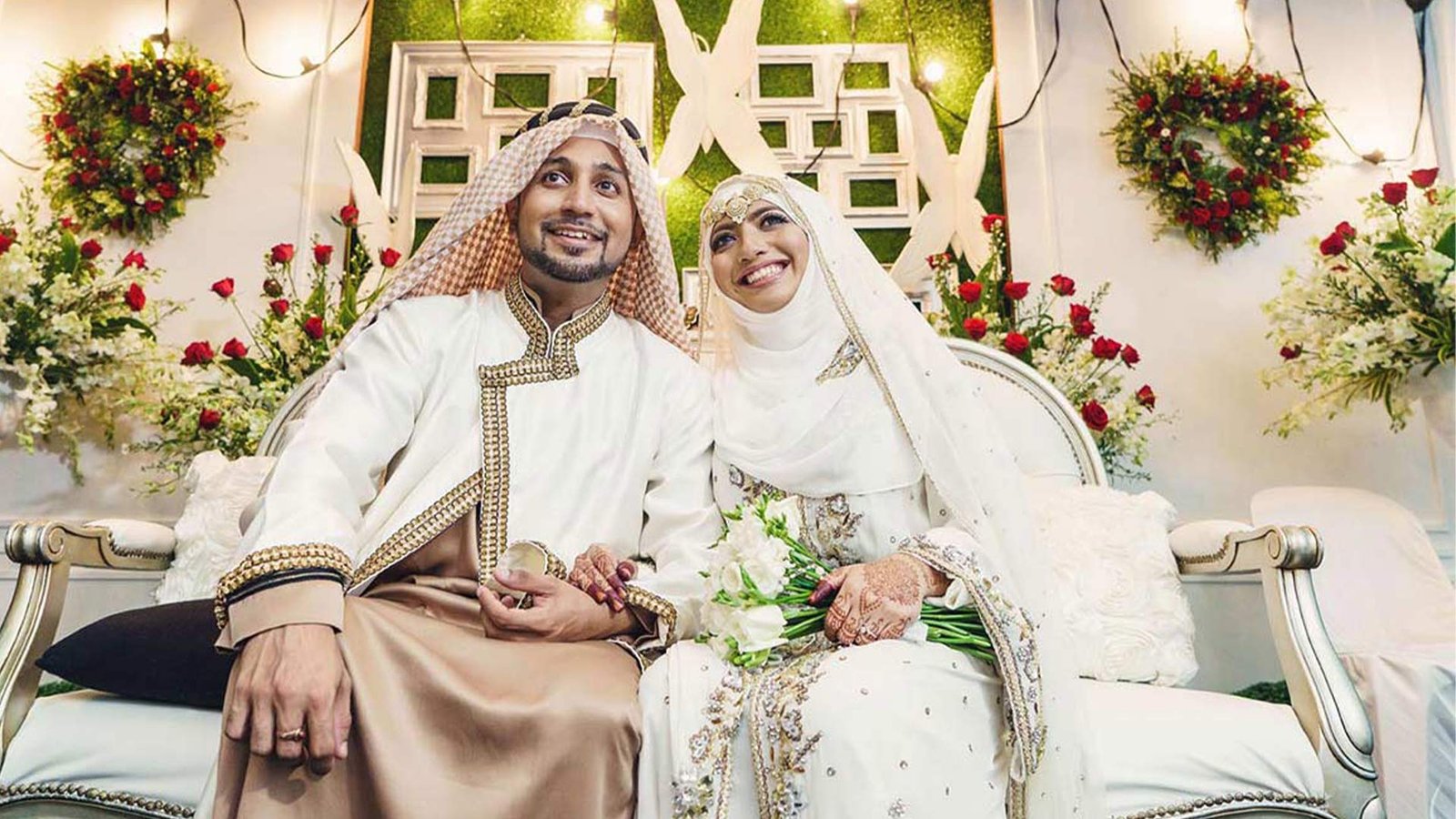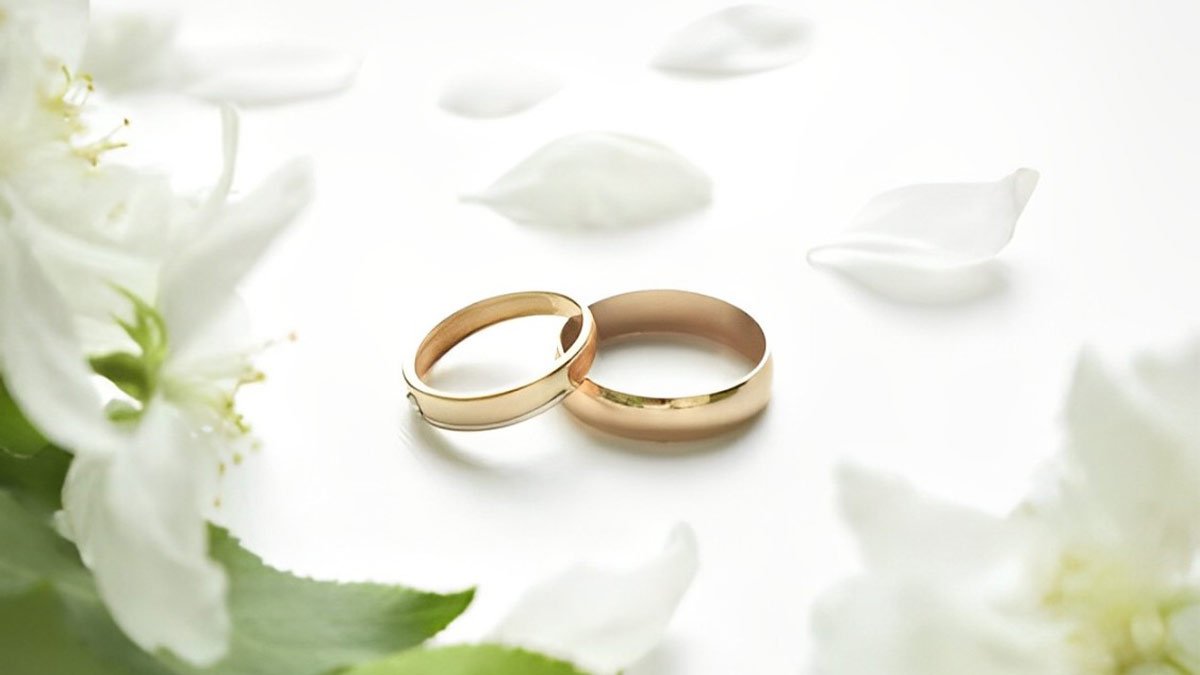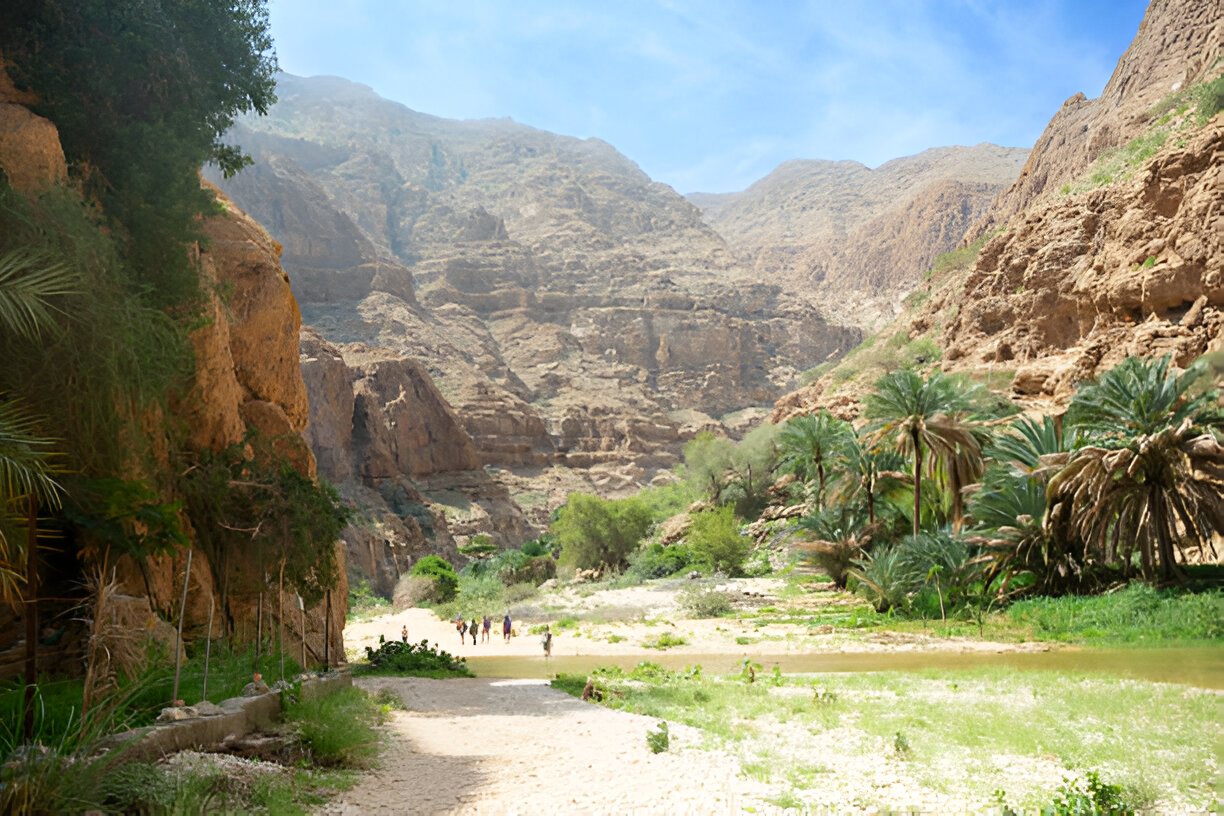

Family is the heart of a wedding, and in Oman, it beats strongest on the day two souls are united in marriage.
Even before one walks down the aisle to say “I do” in Oman, there is an elaborate and customary engagement process. If you reflect on photos of a traditional Omani wedding ceremony, it is quite evident that from the very beginning, the family holds all the guns in hand. Usually, the groom’s family goes to the bride’s house first and asks for marriage. It is more than just a trip; this one will be an important event where the two families meet to deliberate if their daughter and son can marry each other.
The union is the initiation of a chain that ultimately leads to The Wedding Day. It really is so much more than just planning a wedding; it’s about coming together to bind two families closer, gaining new relationships along the way, and building excitement for what lies ahead. The first part of the marriage is all hope and expectation, and it creates a foundation upon which to rest an eternity of celebration.

One of the most valued traditions at a traditional Omani wedding is the exchange of gifts, called Al-Mahr. This is not just a mere custom but holds significance in the bond between bride and groom. Gold jewelry, perfumes, and opulent fabrics are among the different types of presents given to the bride during this ceremony by her soon-to-be groom’s family. But these gifts go beyond looking pretty—they are a way for the groom to respect and honor his future wife, as well as represent his commitment to providing for her.
The gifting during the engagement is an essential part of Omani tradition, playing a considerable role in all traditional Omani weddings. It is a means through which the groom’s family expresses their good wishes and plays an integral role in bonding two respective families together. This tradition also ensures that the bride is equipped with everything she could possibly need to enter her new married life, making it a meaningful and well-organized event.
Once the initial proposal takes place, and after both families have exchanged gifts in such an intimate way, their engagement is marked by a small but momentous ceremony, which represents one stage in the traditional Omani wedding process. This unique event is normally an intimate occasion with only family members and close friends attending, beginning with the reading of the Fatiha, the opening chapter of the Quran.
This is an important part of the wedding procession as it makes everything feel real, signaling a major event that everyone anticipates and cherishes.
But, as with any other sacrament related to religious tradition, such an event is festive in character. Families unite, bowing their heads in prayer for the future of the couple, who have smiles and dreams to be blessed by all.
Sweets are doled out to signify the sweet path that awaits these two. Representing the next phase of a typical Omani wedding ceremony, it marks the countdown to larger festivities and is another step sealing their partnership in communal records.

In the days leading up to the wedding, anticipation builds with pre-wedding events such as Henna Night, or “Leilat Al Henna.” This is one of the most anticipated events in a traditional Omani wedding and is exclusively for women. Held a day or two before the wedding, Henna Night is a joyful occasion where intricate henna patterns are applied to the bride’s hands and feet. As an Omani saying goes,
Henna is more than just decoration; it is the bride’s first step into her new life, a symbol of joy and protection
Omani wedding customs: Henna, the bride of cultures. If your hands have a considerable amount of henna, it is said that better fortune will arrive and ward off evil spirits. Therefore, it is essential for every Omani woman to have henna prepared before her traditional wedding. The intricate designs, drawn by skilled artists, invoke emotions bubbling within the bride, reflecting her delight as she prepares for a new life.
The Henna Night is where the bride’s beauty meets tradition, and in her hands, the past and future are beautifully intertwined
Another evening in the traditional Omani wedding ceremony is quite special, called “Leilat Al Arusah,” the bridal shower night. Bridal showers are a unique and rare event held for the bride-to-be, where gifts are exchanged among her peers as they prepare for the big day. The gifts, often home care items, stylish clothes, or jewelry, show the affection and attention from her loved ones as she steps into a new phase.
A gift is just one part of a bridal shower. It’s a gathering of women from the bride’s life to celebrate her with blessings, advice, and heartfelt thoughts. This bonding process mirrors Omani culture. While it might not be as grand as other events, it is a vital occasion that prepares the bride emotionally and spiritually for the next chapter of her life.
In Oman, a pre-wedding celebration, the bridal showers are especially famous in Oman, and they are striated with telling tales, constituting an integral part of tradition’s tickling pulse. They offer the bride a feeling upon which to lean, as one chapter ends and another begins, in merriment or sorrow.
Part of this preparation is Omani bridal makeup, which highlights her natural features with a bold and elegant look. Her typical makeup consists of colorful eyeshadow and flawless skin. The bride usually wears small flowers or a headband in her hairstyle to match the wedding dress. This process is not just about beautification; it symbolizes her culture, expressing beauty and grace.
While the bride wears a white embroidered dress, the groom typically wears a “Dishdasha,” the traditional clothing for men in Oman. He also dons a “Mussar,” a traditional headpiece that adds a refined touch. These garments are more than just clothes; they represent the groom’s respect for tradition and his role in the Omani traditional wedding.
The zaqfah and Al-Aradah (the wedding procession in Oman) is one of the most eagerly awaited moments of a bride’s wedding day. It is a merry and joyous occasion when the groom, accompanied by his family members and relatives, goes to the bride’s residence. The procession is a key event in the traditional Omani wedding ceremony, signifying the groom’s readiness to embrace his responsibilities and the exciting start of a new life through marriage.

The Nikah, the official Islamic marriage contract, is at the core of the traditional Omani wedding ceremony. Legally and religiously, this ceremony is crucial, as it officially recognizes the couple as husband and wife. The Nikah is an intimate and solemn event, typically involving an imam or respected religious leader and close family members.
The Nikah ceremony is a powerful event because it signifies the couple’s bond, not only in the eyes of the law but also before God. The ceremony includes the recitation of verses from the Quran, followed by the signing of the Islamic marriage contract and the exchange of vows. This ceremony is a cornerstone of the traditional Omani wedding, establishing the couple’s love, respect, and shared values as they begin their life together.
After the solemnity of the Nikah, the wedding celebrations come alive with the wedding feast, known as “Al Aroosa,” a grand banquet that serves as the heart of the traditional Omani wedding ceremony. This is no ordinary meal but a lavish feast showcasing the best Omani dishes, including mouth-watering Shuwa (slow-cooked lamb), spicy Majboos (rice with beef), and Harees (a wheat-meat dish). It’s a time for bonding and savoring the rich traditions of Omani cuisine.
After the joyous wedding feast, the bride is lovingly escorted to the groom’s home, marking the beginning of her new life as a wife. In the traditional Omani wedding ceremony, this moment symbolizes her transition from her family to her new role in her husband’s household.
When the bride enters the groom’s home, she is often greeted with prayers and blessings from his family, who express their happiness in welcoming her as a new member. This transition is filled with emotion, signifying the end of one life chapter and the beginning of another, leaving a lasting impact on everyone involved.
The day after the wedding, the celebrations continue with a reception known as “Walima,” hosted by the groom’s family. Unlike the grand wedding feast, the Walima is a more intimate gathering, attended by close family members and friends. This event is a key part of the traditional Omani wedding ceremony, offering a relaxed and informal setting where the families can come together once more to celebrate the union.
The Walima reflects the gracious hospitality central to Omani culture. It’s a time for both families to share a meal, enjoy each other’s company, and celebrate the bride and groom in a spirit of unity and happiness. This reception helps to establish a more formal connection between the two families, solidifying lasting relationships.
The final ritual in the traditional Omani wedding ceremony is the departure ceremony, known as “Al Wadaa.” This deeply emotional event marks the bride’s formal farewell to her family as she prepares to leave her parents’ home and begin her new life with her husband.
Al Wadaa is not just a simple goodbye; it’s a profound moment of transition. The bride moves from her role as a daughter to her new role as a wife, and this change is honored with tears, prayers, and heartfelt well-wishes from her family. The ceremony is a significant and touching part of the traditional Omani wedding ceremony, symbolizing the end of one chapter and the beautiful beginning of another.
In every goodbye, there is the promise of a new hello, the start of a new journey
More than just pretty rituals, the traditional Omani wedding is filled with cultural significance and meaning, symbolizing a couple’s union. Passed down from generation to generation, these traditions are a source of pride for Omani families, serving as unchangeable values. While Oman has experienced much change, the legacy of these customs remains strong among the younger generation.
Omani weddings demonstrate how the country holds onto its cultural identity. Modern influences have introduced changes over the centuries, but the core traditions persist, honoring both the past and the future. This blend of tradition and modernity makes Omani weddings unique.
A defining feature of a traditional Omani wedding is the integral role of family and community. In Oman, it’s not just about the bride and groom; entire families and communities come together to celebrate. This involvement reflects the strong social bonds intrinsic to Omani culture.
The traditional Omani wedding ceremony is a communal experience, from the initial engagement to the final post-wedding rituals. It’s not just a celebration of the couple but a collective expression of love and culture, creating lasting memories for all involved.
An Omani wedding ceremony is not just a set of events but an intimate and intricate celebration that richly represents cultural essence. Every part of the wedding journey, from engagement day to post-wedding ceremonies, carries deep cultural significance. These cherished customs symbolize the true love between the couple and carry the values that inspire Omani society.
Omani weddings are a celebration of family, community, and culture, serving as a robust reminder to preserve and impart cultural traditions to future generations. As Oman evolves culturally and developmentally, the traditional Omani wedding ceremony remains a treasured component of Oman’s identity, reflecting its magnificence for generations to come.
The bride undergoes beauty treatments, dresses in a colorful Omani gown, and is adorned with gold jewelry that represents her family lineage.
Henna Night, or the henna party, is an important pre-wedding celebration where the bride prays for good luck and protection.
Family is central to every aspect of the wedding, from engagement to post-wedding rituals, reflecting the communal nature of Omani society.
While modern influences add nuance, the solid traditions of a traditional Omani wedding ceremony persist, honoring the country’s cultural roots.
Never miss any important news. Subscribe to our newsletter.







